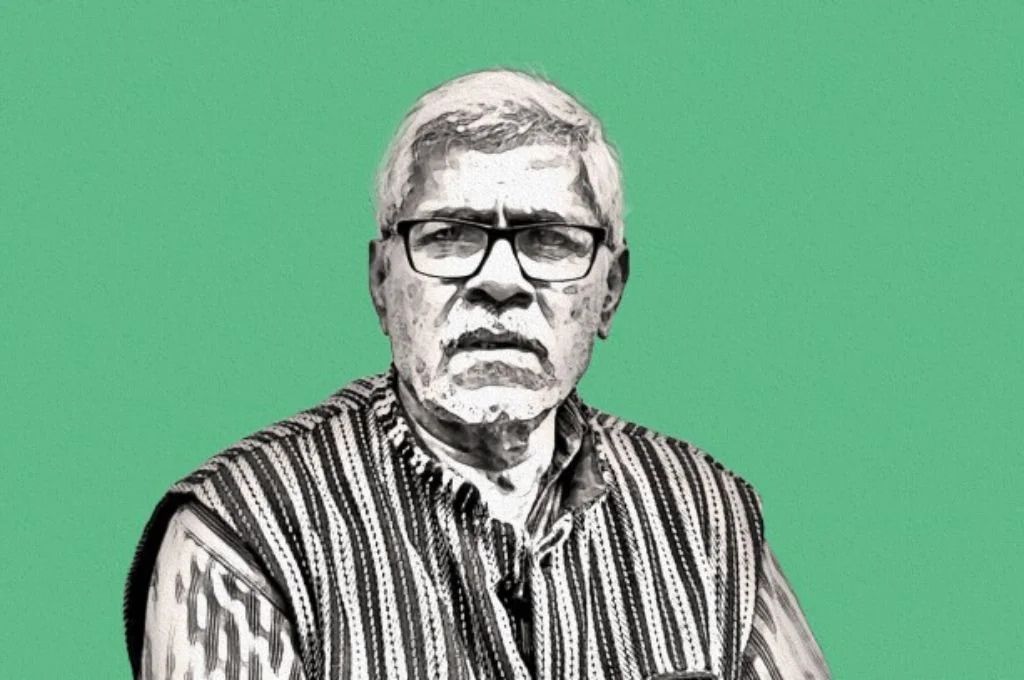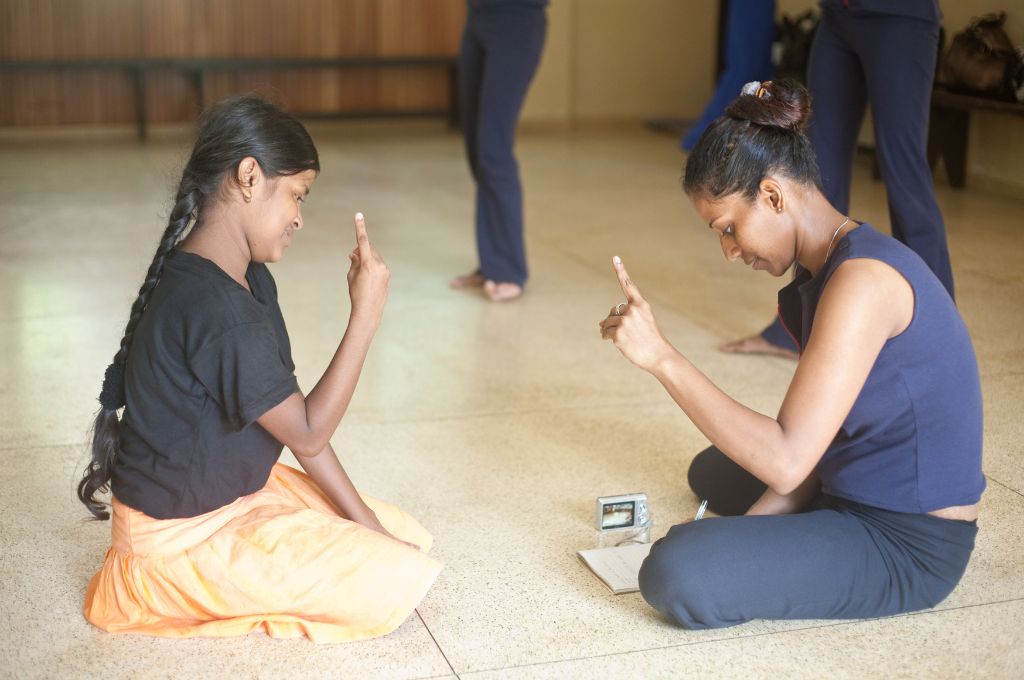This year for #16DaysofActivism, we ran a social media campaign highlighting some often-ignored aspects of gender-based violence.
Over the course of the campaign, we partnered with eight organisations, each of whom work on themes within the larger ambit of gender and sexual violence. Through short videos, they shared what they have learned with our audience. Here’s what they had to say:
“There is a double burden of work–outside work and home work–which is really overwhelming for women. And therefore, you would see a lot of women in urban India who are from middle class and upper-middle class families, dropping out of jobs.”
Urvashi Gandhi and Sunita Menon from Breakthrough India tell us why the female workforce participation in India is declining–at a family, workplace, and systemic level–and what we can do about it.
“Whenever we talk about preventing violence against women, generally, men see themselves in the role of a protector. Instead, let us focus on what we can do so that women do not need protection in the first place.”
Rahul Kusurkar and Pravin Katke from Equal Community Foundation share three things men and boys can do to be more inclusive and equitable.
“Stigma increases shame and violence. When we talk about our desires, it helps us feel more comfortable with ourselves, and that strengthens choice and agency. And that is just one of the few ways in which pleasure helps us fight violence.”
Umang Sabarwal, Olimpika Oja, and Debasmita Das from Agents of Ishq tell us how pleasure, choice, and consent can help fight violence.
“While research shows that chronic violence or traumatic events have links to common mental disorders like depression and anxiety, they also have an impact on ‘softer’ aspects of mental health.”
Advaita Nigudkar from SNEHA talks about the connection between mental health and violence, and what we can do to help survivors.
“When women and girls try to voice their agency, try to claim their rights, they face all sorts of negative reactions, ranging from exclusion, to removal of their privileges, to violence.”
Priti Prabhughate from Dasra explains backlash and how violence can be an unintended consequence of trying to empower young girls.
“Online violence or technology enabled violence can take several forms. It can be verbal abuse, it can be threats, it can be violation of consent in many different levels.”
Smita Vanniyar from Point of View talks about power structures online, what they look like, and how to navigate them.
“Section 375 of the India Penal Code defines rape as an act perpetrated by a man, against a woman. By its very definition, it excludes men from having faced sexual violence. It does not account for the fact that persons of all genders can face sexual violence, which also means it excludes people from the LGBTQI community.”
Vandita Morarka from One Future Collective explains the various gaps in the law surrounding gender-based violence.
“Every time a crime against an upper caste/class cis-woman is reported, personal stories of privileged women fearing men, who typically belong to working class, Dalit, and poor communities, in Indian public spaces go viral.”
Christina Dhanaraj from Dalit Women Thrive, talks about why the mainstream discourse on sexual violence in India is skewed, and how it leads to selective outrage.



